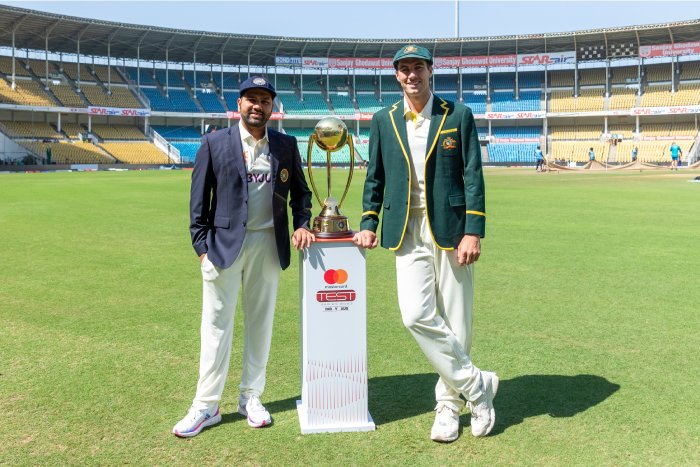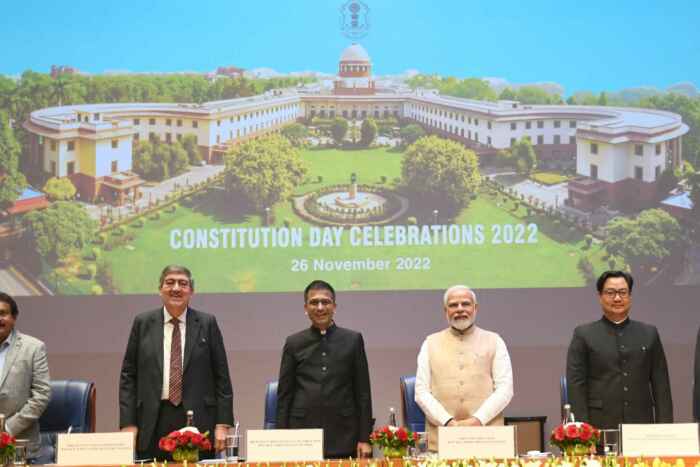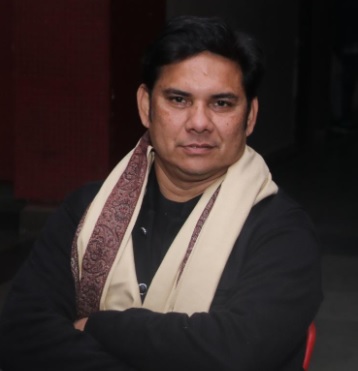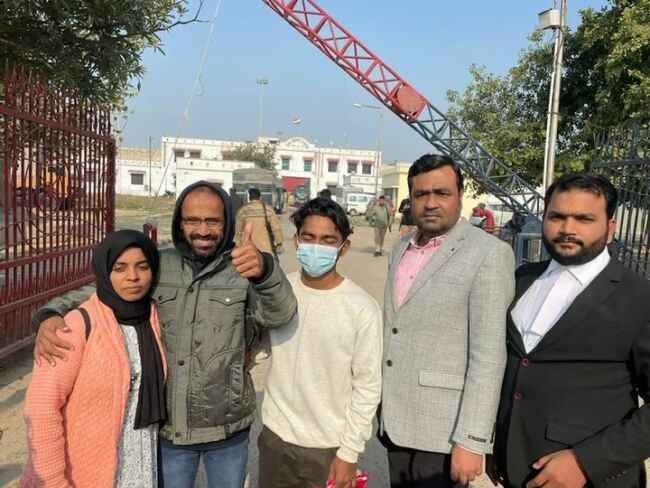When words are expunged from the records of Parliament? What are the constitutional provisions? What are ‘unparliamentary’ words and who decides on them?
These questions came to the forefront after parts of Rahul Gandhi’s speech in parliament containing allegations favouring the Adani group of companies were expunged. Lok Sabha speaker Om Birla ordered to remove parts of Rahul Gandhi’s observations on President Droupadi Murmu’s speech at the outset of the budget session.
There is nothing new in it and it is not rare, rather it is fairly routine that parts of speech or sentences or words are removed and there are laid down rules for this. The Presiding Officers of the House decide on which parts of the proceedings should be removed.
Article 105(2) of the Constitution says, “No Member of Parliament shall be liable to any proceedings in any court in respect of anything said…in Parliament or any committee thereof”.
But members can not say whatever they want and their freedom of speech is limited or restrained.
There are ‘Rules of the Parliament’ that govern members’ speech in either house of the parliament, good sense of members and the presiding officers have the right to control the members.
The main motive of these provisions is to ensure that members do not use defamatory, indecent, undignified or unparliamentary words inside the Parliament.
According to Rule 380 (‘Expunction’) of the Rules of Procedure and Conduct of Business in Lok Sabha: “If the Speaker is of opinion that words have been used in the debate which is defamatory or indecent or unparliamentary or undignified, the Speaker may, while exercising discretion order that such words be expunged from the proceedings of the House.”
Besides, Rule 381 says, “The portion of the proceedings of the House so expunged shall be marked by asterisks and an explanatory footnote shall be inserted in the proceedings as follows: “Expunged as ordered by the Chair’.”
But what are unparliamentary words and who decides on them?
The speaker of the Lok Sabha and the Chairperson of the Rajya Sabha have the sole discretionary right to take a call on ‘unparliamentary’ words.
They have found a large number of words in English, Hindi and other Indian languages to be ‘unparliamentary’ and expunge these words.
At the end of each session of the parliament, a compilation of ‘unparliamentary’ words is published.
When such a compilation was published for the first time, references were taken from debates and phrases, declared unparliamentary by the pre-Independence Central Legislative Assembly, Constituent Assembly of India, the Provisional Parliament, the first to the tenth Lok Sabha and Rajya Sabha, state legislatures, and Commonwealth parliaments like that of the United Kingdom.”
Some of the words declared unparliamentary are: Abused, Ahankar, Anarchist, Apmaan, Asatya, Ashamed, Baal Buddhi, Bechara, Behri Sarkaar, Behri Sarkaar, Betrayed, Bloodshed, Bloody, Bobcut, COVID Spreader, Chamcha, Chamchagiri, Cheated, Chelas, Childishness, Corrupt, Coward, Criminal, Crocodile Tears, Dadagiri, Dalal, Danga, Dhindhora Peetna, Dictatorial, Disgrace, Dohra Charitra, Donkey, Drama, Eyewash,
Foolish, Fudge, Gaddar, Ghadiyali Ansu, Girgit, Goons, Hooliganism, Hypocrisy, Incompetent, Jaichand, Jumlajeevi, Kala Bazaari, Kala Di, Khalistani, Khareed Farokht, Khoon see Kheti, Lie, Lollipop, Mislead, Nautanki, Nikamma, Pitthu, Samvedanheen, Sexual Harassment, Shakuni, Snoopgate, Taanashah, Taanashahi, Untrue, Vinash Purush, Vishwasghat.
The later compilations also include references to phrases that, in addition to those forbidden in some Commonwealth Parliaments in 2020, were deemed unparliamentary in the Lok Sabha, Rajya Sabha, and state legislatures of India in 2021.
It is also significant to note that certain keywords might not seem unparliamentary unless they are read in context with the other terms used during legislative sessions.
“If a member uses a word that could be unparliamentary or indecent and hurts the decorum or dignity of the House, the head of the reporting section sends it to the Speaker or the Presiding Officer citing relevant rules and precedence with a recommendation to expunge them.”
Under Rule 380, the Speaker has the discretion to expunge the word or usage. Once the Speaker expunges the word or usage, it comes back to the reporting section which removes the word from the records and mentions it in the proceedings as “expunged as ordered by the chair”.
At the end of the session, a compilation of words removed from the records, along with reasons, is sent to the Speaker’s office, Sansad TV, and the editorial service for information.
Expunged portions of the proceedings cease to exist in the records of Parliament, and they can no longer be reported by media houses, even though they may have been heard during the live telecast of the proceedings.
Speaker Om Birla ordered to expunge 18 portions from Rahul Gandhi’s speech in Lok Sabha in the debate on the motion of thanks to the president.
Congress spokesperson Gurdeep Singh Sappal announced on Twitter that on Birla’s order, 18 portions of Gandhi’s speech were expunged.
Birla objected to some of the claims made by Gandhi. He also asked him to stop showing two photographs, one of which showed Modi and Gautam Adani together in a flight cabin and the other Modi waving at people while boarding a flight allegedly owned by the Adani Group.
Amidst the BJP MPs’ protests against Gandhi’s allegations, Birla kept requesting the Congress leader and other members to not make any accusation without proof.












